How Faith Was Weaponized to Erase Indigenous Beliefs—and the Struggle to Reclaim Kalenjin Cosmology

The manipulation of the Kipsigis people by Christian missionaries in Kenya, leading to the erosion of their traditional worship of Asis (the sun deity and central figure in Kalenjin spirituality), was a multifaceted process rooted in colonial ideology, cultural imperialism, and psychological coercion. Below is a structured analysis of the tactics employed and their societal impact:
1. Demonization of Traditional Beliefs
Missionaries systematically portrayed Kipsigis spirituality as "pagan," "backward," or "demonic" to undermine its legitimacy:
- Moral Condemnation: Traditional rituals, such as animal sacrifices to *Asis* or ancestral veneration, were labeled as "sinful" or "witchcraft." This created shame and fear among adherents.
- Theological Replacement: Missionaries co-opted the term Asis, redefining it as the Christian "God" but stripping it of its indigenous context (e.g., connections to nature, rainmaking, and ancestral cycles). This semantic shift blurred spiritual lines, making Christianity seem familiar yet superior.
2. Collaboration with Colonial Authorities
Missionaries and British colonialists worked symbiotically to dismantle Kipsigis autonomy:
- Land Dispossession: Colonial land grabs disrupted Kipsigis agro-pastoral livelihoods, forcing dependence on mission stations for food, education, and healthcare. This vulnerability made conversion a survival strategy.
- Coercive Policies: Chiefs collaborating with missionaries were rewarded with political power, while traditional spiritual leaders (orkoiik) were marginalized. Colonial laws banned rituals like saket ap eito (initiation ceremonies), eroding cultural continuity.
3. Education as a Tool of Indoctrination
Mission schools served as hubs for cultural reprogramming:
- Curriculum Control: Children were taught that Kipsigis traditions were "primitive" and that Christianity represented "progress." Lessons emphasized biblical stories (e.g., Adam and Eve) over indigenous cosmologies.
- Language Manipulation: Missionaries translated the Bible into Kipsigis dialects but inserted foreign theological concepts. For example, cheptalil (blessings) were redefined as divine favor contingent on Christian obedience.
4. Socioeconomic Incentives
Conversion was incentivized through material and social benefits:
- Access to Resources: Converts gained preferential access to mission hospitals, jobs as teachers or clerks, and colonial patronage. This created a class divide between Christians and traditionalists.
- Status Symbolism: Baptized individuals were deemed "civilized," while those adhering to Asis worship were stigmatized as "savages," pushing many to abandon their heritage for social acceptance.
5. Psychological Warfare and Cultural Erasure
- Fire-and-Brimstone Preaching: Missionaries used fear tactics, preaching eternal damnation for non-Christians. This instilled existential anxiety, particularly during crises like droughts, which were previously interpreted through Asis-centric rituals.
- Destruction of Sacred Sites: Groves, shrines, and ritual spaces dedicated to Asis were desecrated or replaced with churches, severing the community’s physical ties to its spirituality.
6. Resistance and Hybridization
Despite these pressures, the Kipsigis did not passively acquiesce:
- Covert Practices: Some continued traditional rites in secret, blending them with Christian practices (e.g., invoking Asis during Christian prayers).
- Independent Churches: By the mid-20th century, movements like the African Inland Church emerged, integrating Kalenjin cultural elements into Christian worship as a form of quiet resistance.
- Revival Efforts: Today, Kalenjin intellectuals and activists are reclaiming Asis worship, framing it as a decolonial act against missionary legacies.
Legacy of Cultural Trauma
- Identity Fragmentation: Many Kipsigis experience a dissonance between Christian identity and cultural heritage, leading to internalized stigma about traditional practices.
- Environmental Impact: The loss of Asis-centered ecological rituals (e.g., sacred forests) has contributed to environmental degradation, as Christian teachings often lack indigenous conservation ethics.
Conclusion: Colonialism’s Spiritual Conquest
The missionary project among the Kipsigis was not merely religious conversion but a violent restructuring of worldview. By weaponizing theology, education, and colonial power, missionaries severed the Kipsigis from Asis, replacing a holistic spiritual system with one that served imperial control. Yet, the resilience of Kipsigis identity—seen in modern revitalization movements—underscores the enduring power of indigenous cosmologies, even in the face of systemic erasure. This history serves as a stark reminder of how religion can be exploited as a tool of domination, but also of the unyielding human capacity for cultural survival.
The writer is an Advocate of the High Court of Kenya and a political analyst


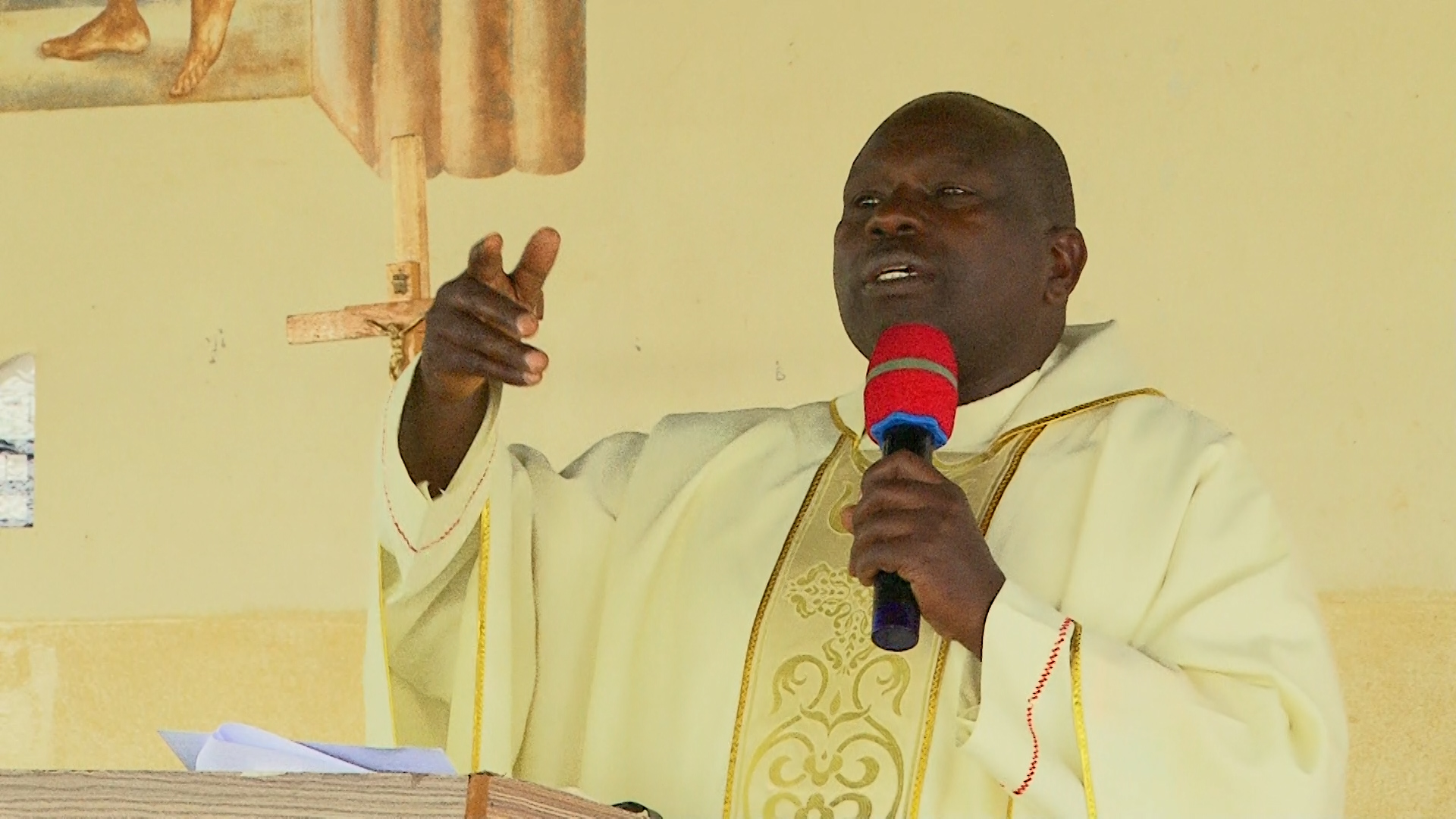
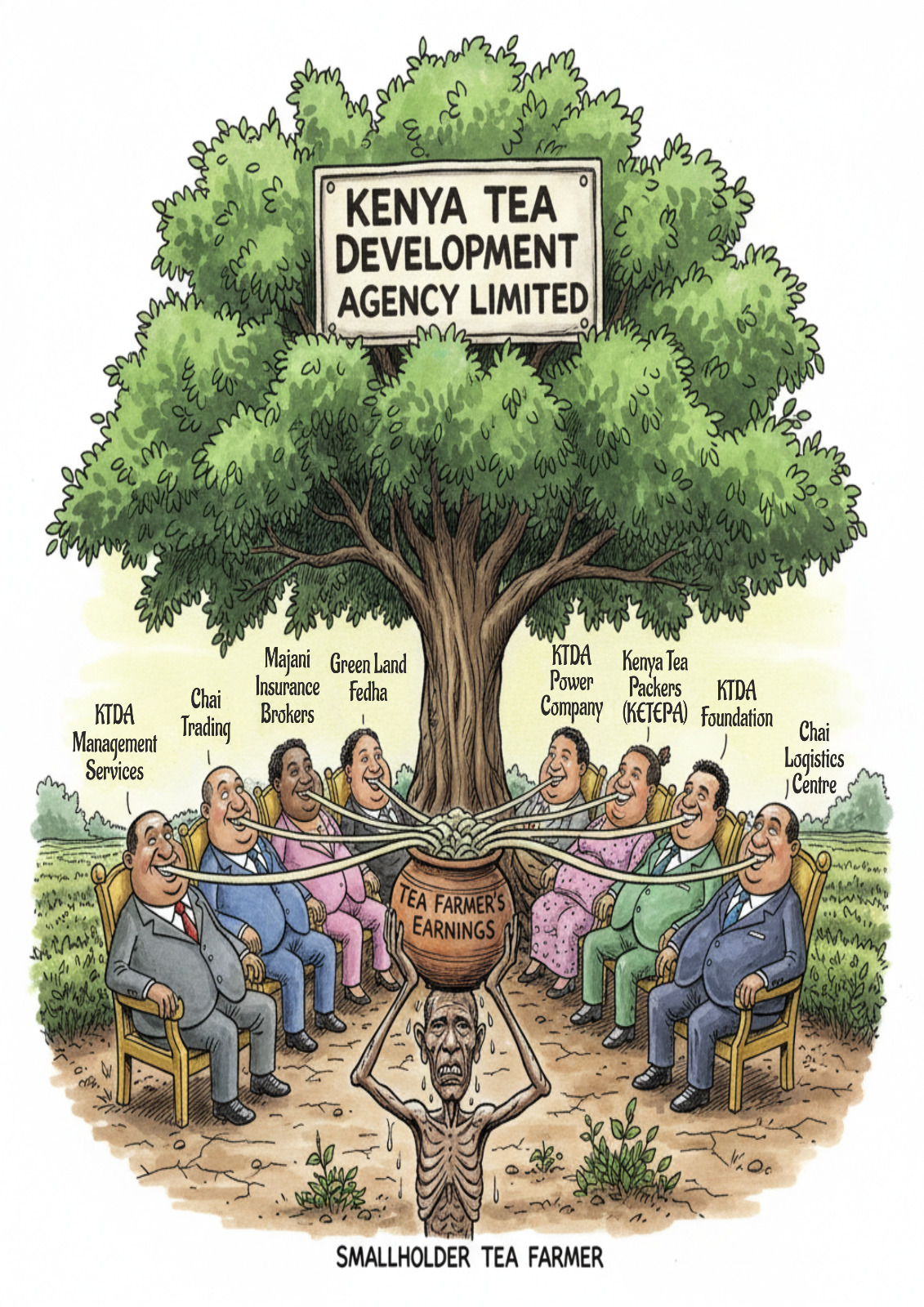
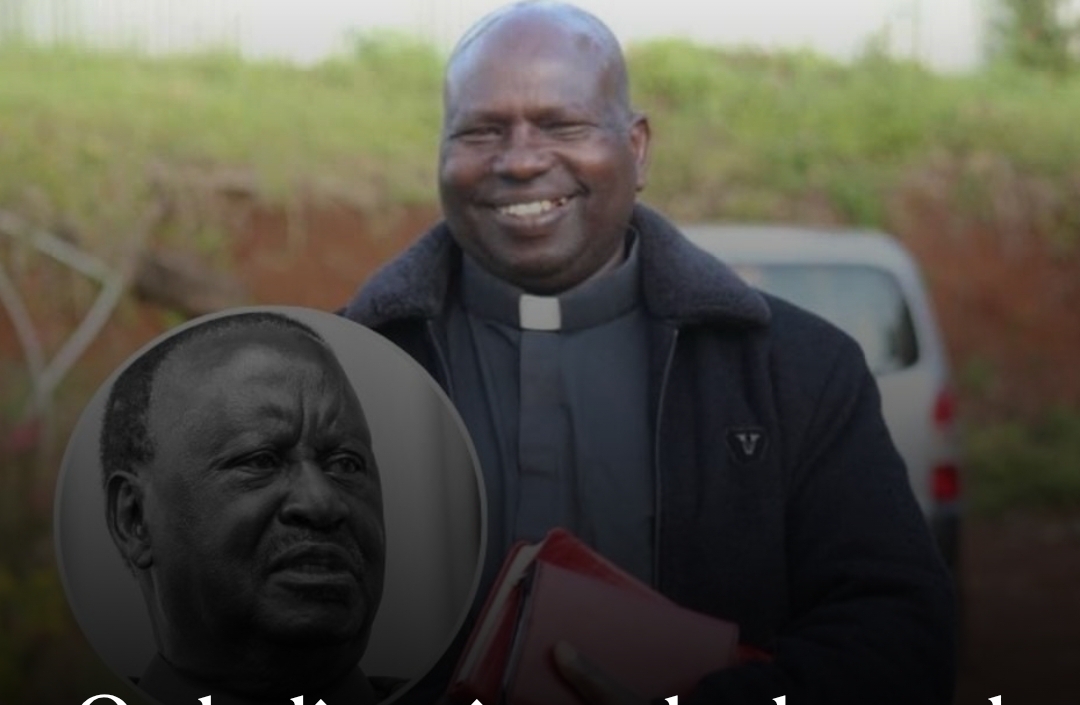
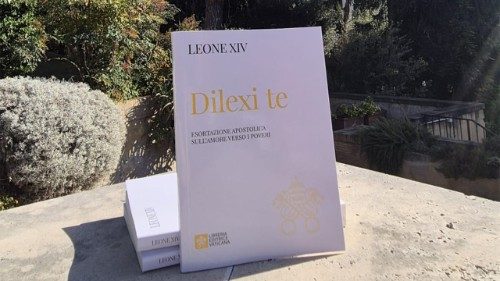
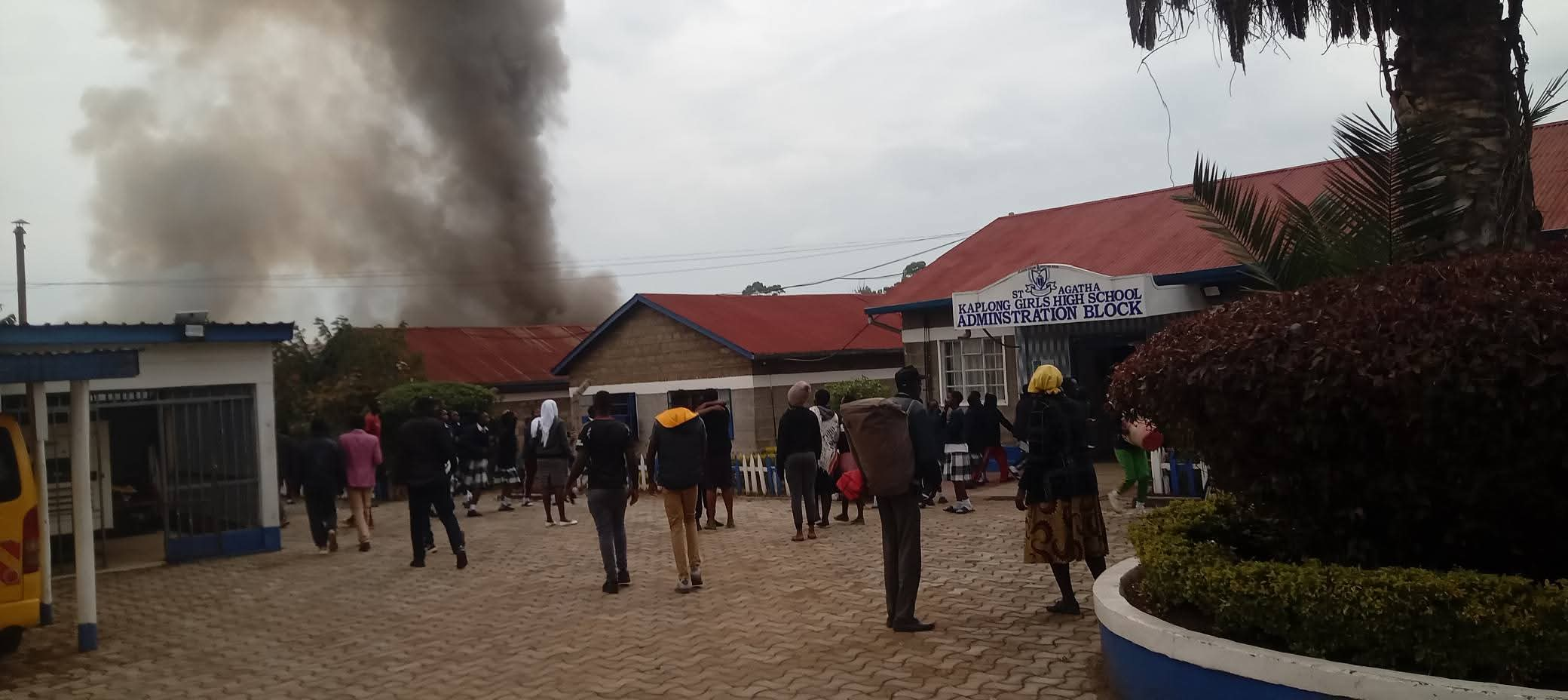
Comments (0)
No comments yet. Be the first to comment!